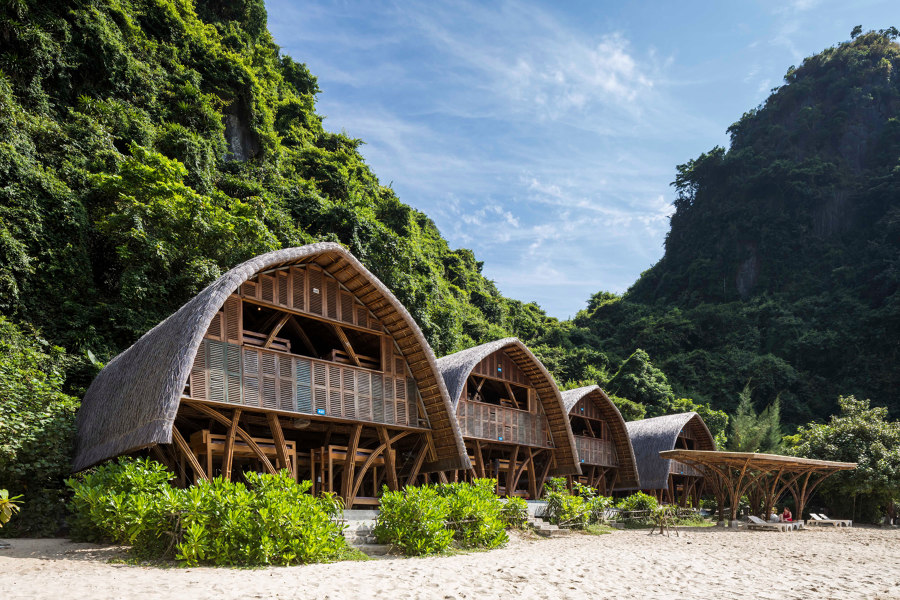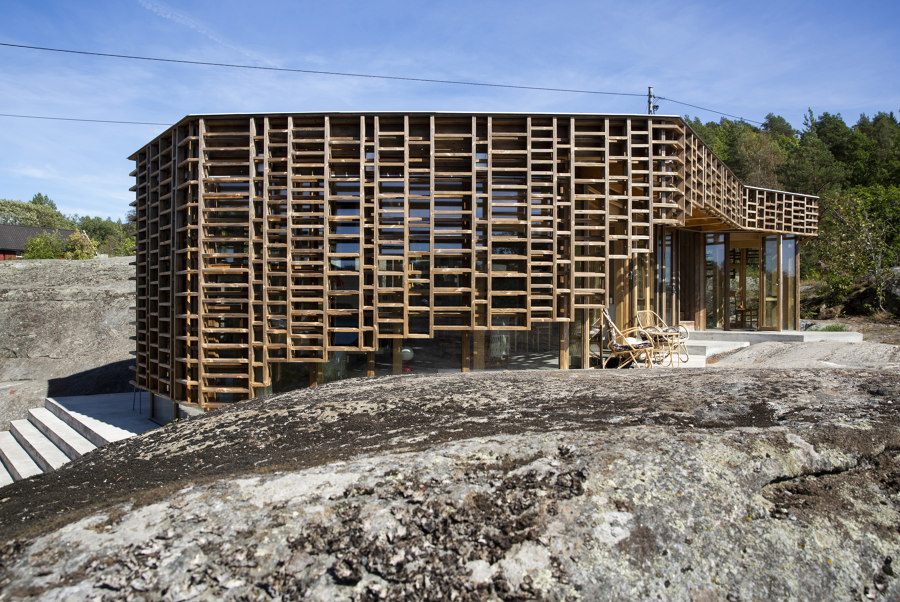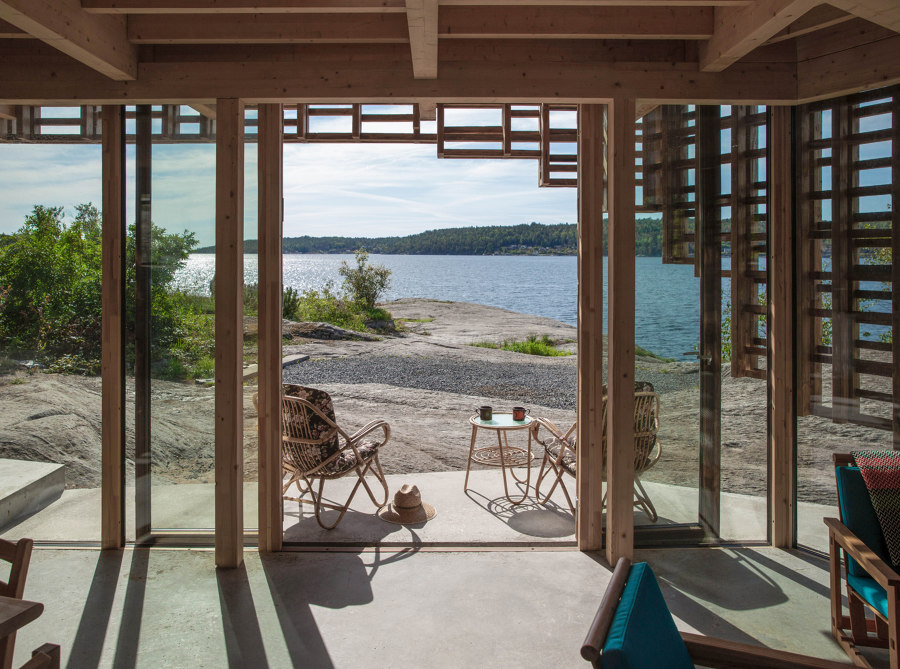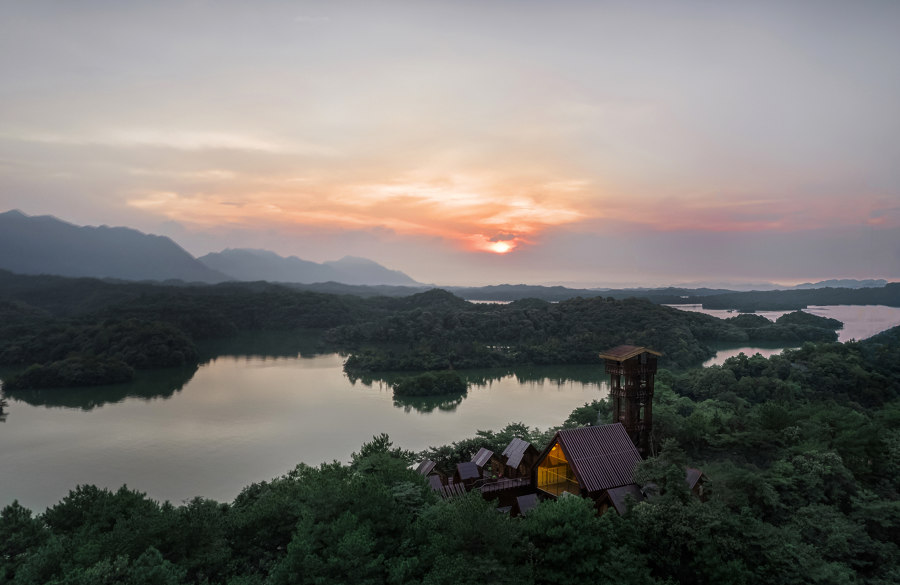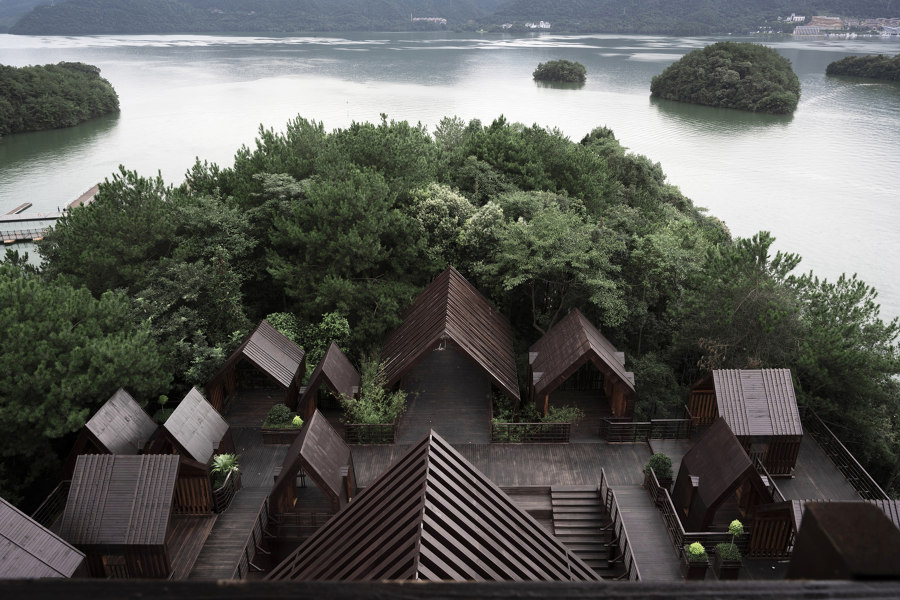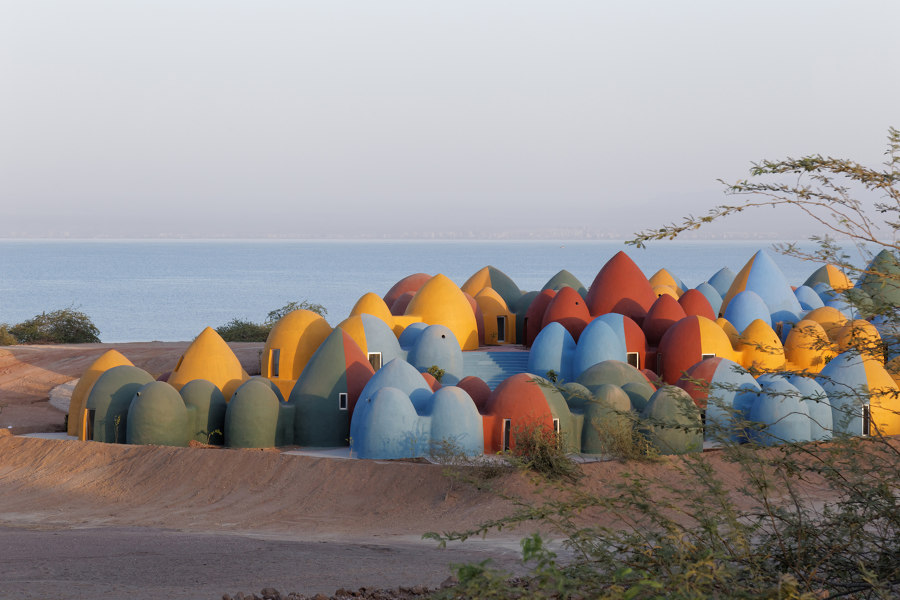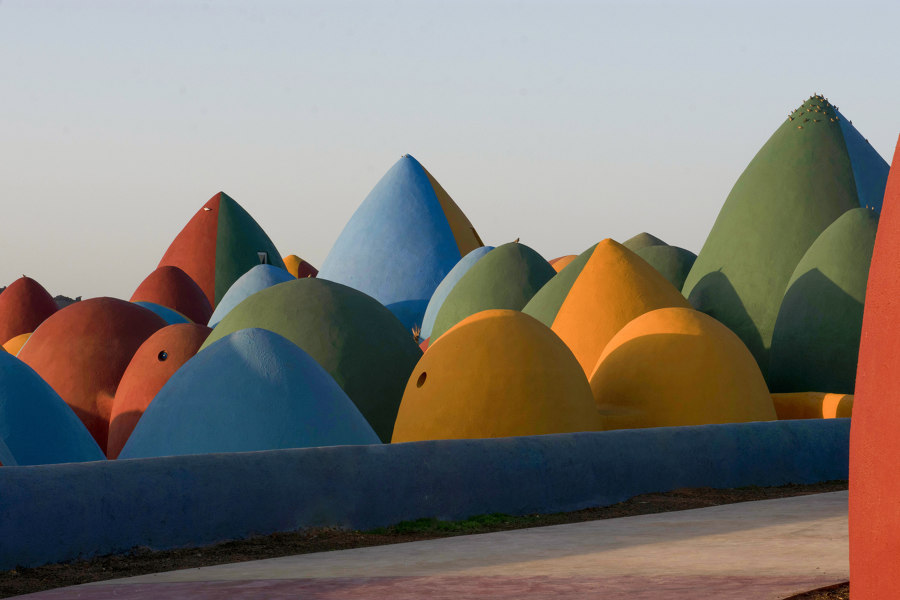Desert island digs: retreats and resorts with water, water all around
Texto por James Wormald
10.07.23
Nature brings peace, even when stranded on a desert island. On these small slices of paradise, everyday stresses are just distant memories, but does the idyllic life come at an environmental price?
With a locally-grown material palette, the Castaway Island Resort feels like a decades-old plane crash survival site, only where the survivors hope not to be found. Photo: Hiroyuki Oki
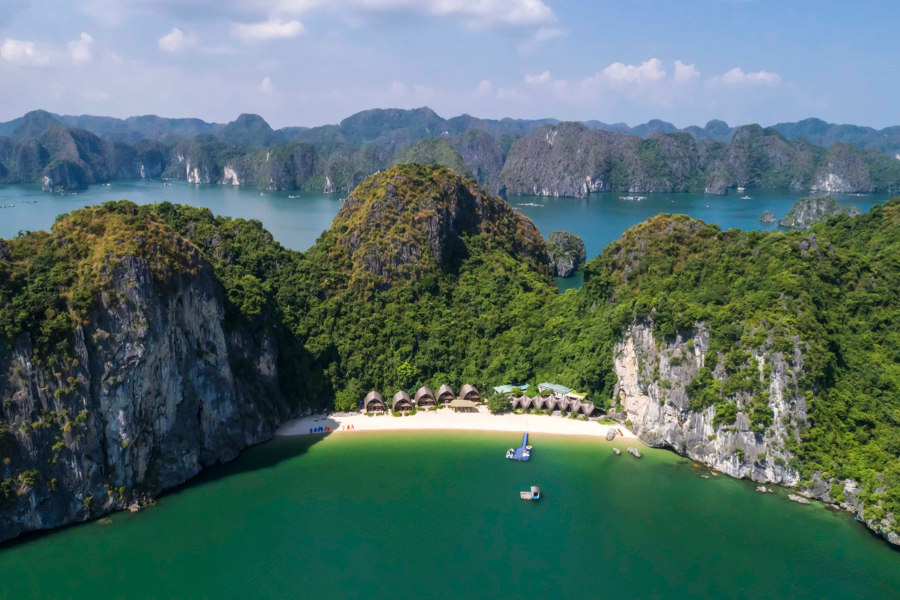
With a locally-grown material palette, the Castaway Island Resort feels like a decades-old plane crash survival site, only where the survivors hope not to be found. Photo: Hiroyuki Oki
×Every Monday morning (and most other mornings too, to be fair), many of us dream of jacking it all in and upping sticks, jetting off to live out our days in peace on a desert island somewhere. But is island life all it’s cracked up to be? Or would we be talking to volleyballs within a week?
Finding peace and comfort in inaccessible environments requires a balance between hospitality and destruction
When designing and building an island getaway paradise there are certain creature comforts expected by even the most back-to-basics visitor, to find peace and comfort in an inaccessible environment – like food, shelter, clean water and a way to contact the mainland – but doing so requires a careful balance between making these least-visited places on Earth both habitable and hospitable, without destroying them or their serenity in the process.
The Castaway Island Resort appears to have grown straight out of the jungle, and with bamboo frames and thatched roofs, it could also disappear without a trace. Photos: Hiroyuki Oki
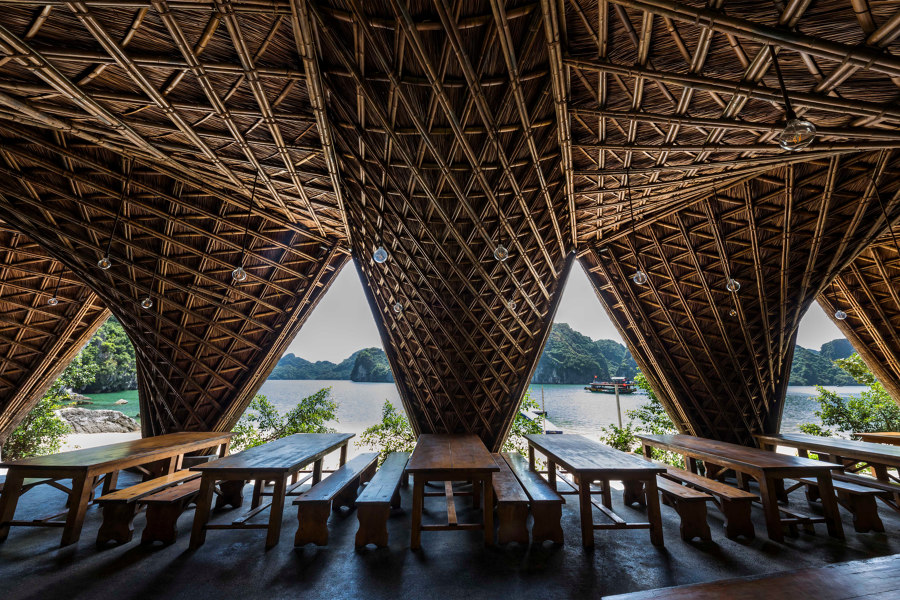
The Castaway Island Resort appears to have grown straight out of the jungle, and with bamboo frames and thatched roofs, it could also disappear without a trace. Photos: Hiroyuki Oki
×Castaway Island Resort in Vietnam, by VTN Architects
After a two-hour boat journey to get there, visitors to the Castaway Island Resort on the Cat Ba archipelago in North Vietnam are in need of the healing properties of seclusion by the time they get there. Mercifully, the white sands of the 3,000-sqm private beach are flanked on three sides by steep slopes of forest. Backing into the trees, the resort provides five detached huts with space for 160 guests, along with accompanying pavilions for their most basic needs. Surrounded by tropical nature, the resort’s 13 structures are formed from treated bamboo frames, thatched roofs and recycled timber shutters to reduce the environmental impact of the project, ‘Despite the construction, the site is left intact,’ explain the project architects VTN Architects, specialists in bamboo construction, ‘the nature preserved thanks to using environmentally-friendly bamboo.’
Adhering to the topography of the site, the House on an Island off the southern coast of Norway allows its artist owners to escape for inspiration. Photos: Nils Vik/D2
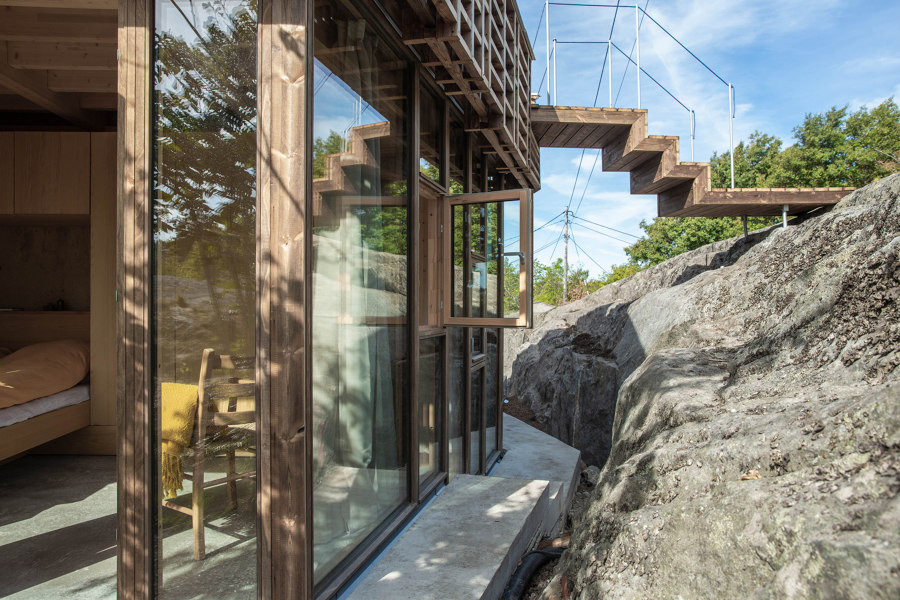
Adhering to the topography of the site, the House on an Island off the southern coast of Norway allows its artist owners to escape for inspiration. Photos: Nils Vik/D2
×House on an Island in Norway, by Atelier Oslo
Although a tropical jungle is the generally perceived environment for a desert island, the lonesome rocks do exist in the northern hemisphere, too, where cooler temperatures serve to highlight the dramatic, yet peaceful, surroundings. Keen to take advantage of the peace, the House on an Island’s owners – professional artists – envisaged an inspirational asylum to retreat to.
The Architects were careful not to disrupt the natural topography of the site
Set on a rocky crag approaching the shore, the architects, Atelier Oslo, were careful not to disrupt the natural topography of the site ‘Concrete floors in different levels connect to the main levels of topography and create a variety of different outdoor spaces,’ they explain. The Kebony wood structure facade that covers the cabin serves to filter the light inside and direct views out. With a ‘depth that creates a play of shadows throughout the day and the calm atmosphere of sitting under a tree, explain Atelier Oslo, the wood frame will turn grey over time, blending into the rocky ground with the passage of time.
Using the material from a demolished structure on the same site as foundations, the Cabin Fairy Town is an island within an island, surrounded by forest, and then water. Photos: Yingda Xu
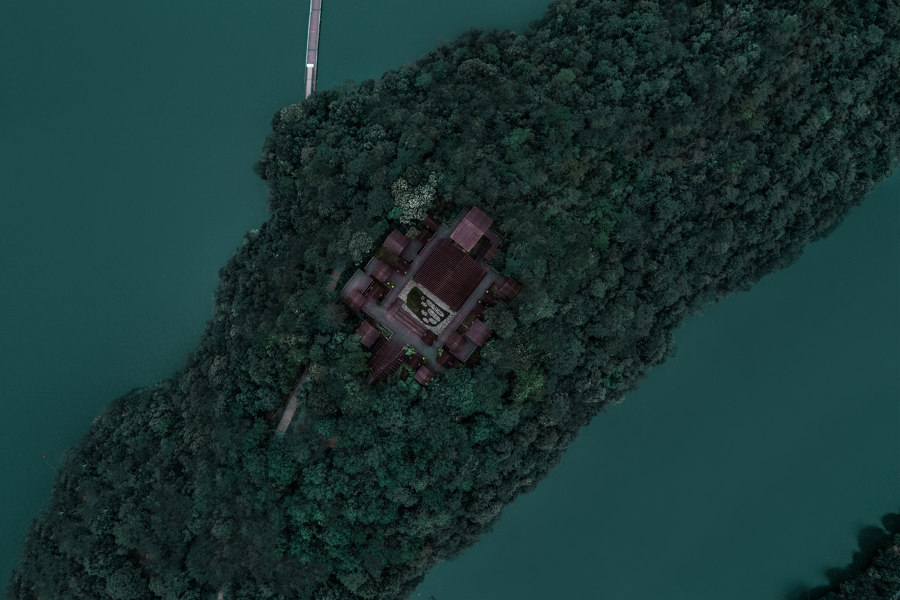
Using the material from a demolished structure on the same site as foundations, the Cabin Fairy Town is an island within an island, surrounded by forest, and then water. Photos: Yingda Xu
×Cabin Fairy Town in Jiujiang, China, by Parallect Design
When selecting the location for a desert island retreat, invariably the short strip of sand or rock that splits the tree-line and the sea is chosen – as the previous two projects did. In the West Sea of Lushan, however, in Jiujiang, China, changing water levels have created several floating islands of pure forest. In response, architects Parallect Design built Cabin Fairy Town, a small group of huts and structures in a central clearing between the trees.
Replacing an existing structure, Parallect brought new meaning to the term ‘adaptive reuse’ by using ‘waste from the demolition of all buildings,’ as they explain. It being ‘buried in situ as much as possible to become the foundations of the multi-functional hall.’ By blending various architectural designs in the surrounding structures, and carefully positioning them around the existing trees, the architects ensured the project could either be added to, or the continued growth of the trees would eventually swallow the township whole.
Presence Hormuz 2 is a tourist resort on the Iranian island of Hormuz in the Persian Gulf strait. The project offers local jobs and skills training and boosts the island's economy. Photos: Soroush Majidi
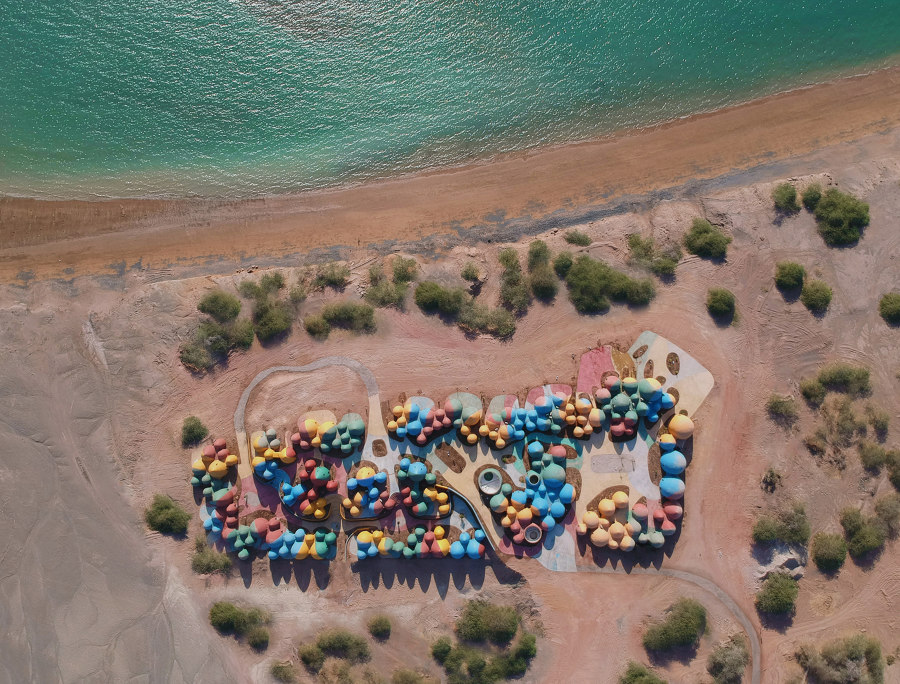
Presence Hormuz 2 is a tourist resort on the Iranian island of Hormuz in the Persian Gulf strait. The project offers local jobs and skills training and boosts the island's economy. Photos: Soroush Majidi
×Presence Hormuz 2 in Iran, by ZAV Architects
Permanent residents on the island of Hormuz suffer greatly from poor local economic conditions, being forced to turn to illegal activities and offer the use of their boats to traffickers using the strategic Persian Gulf strait. In collaboration with the client, a semi-public institution, ZAV Architects were tasked with empowering the local community on the island, with the construction of a colourful and cultural multipurpose resort, Presence in Hormuz 2.
Using rammed earth and sand to form the dome structures, the projected rebalanced the budget towards labour and training
By using rammed earth and sand material to form the familiar dome structures ‘built with the super-adobe technique of Nader Khalili,’ explain ZAV Architects, the architects could greatly reduce the project’s material costs, avoiding more costly imported materials in place of local ones and, thus, rebalancing the budget towards higher labour salaries and investing in the training of local craftspeople, creating ‘trained master super-adobe masons,’ announce the architects with pride.
© Architonic
Head to the Architonic Magazine for more insights on the latest products, trends and practices in architecture and design, or find inspiration in a whole world of projects from around the globe through ArchDaily’s architecture catalogue.



